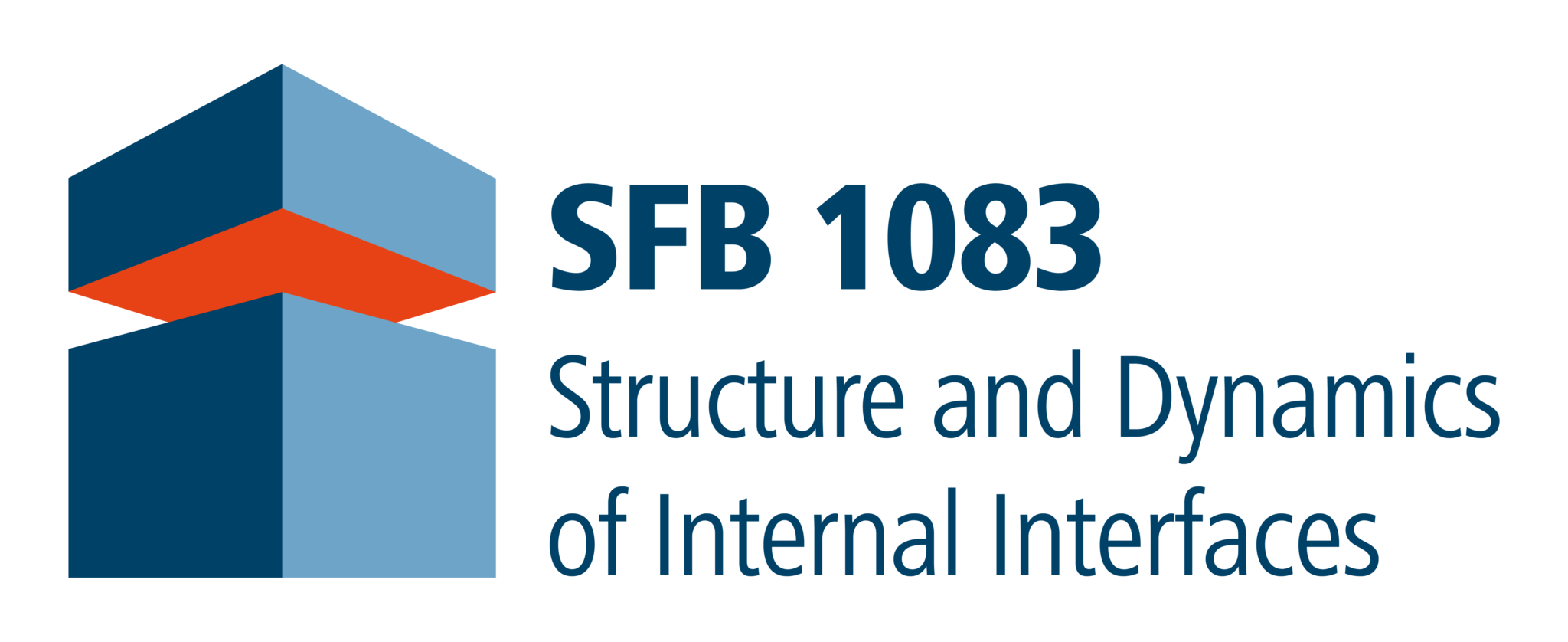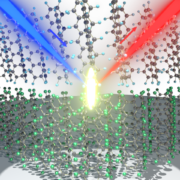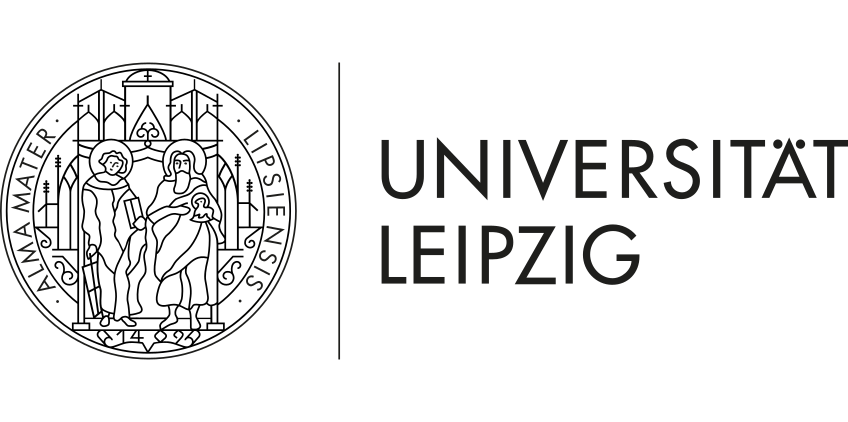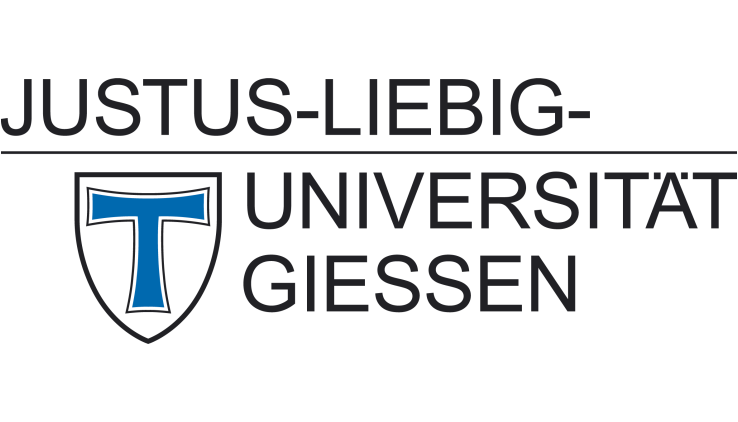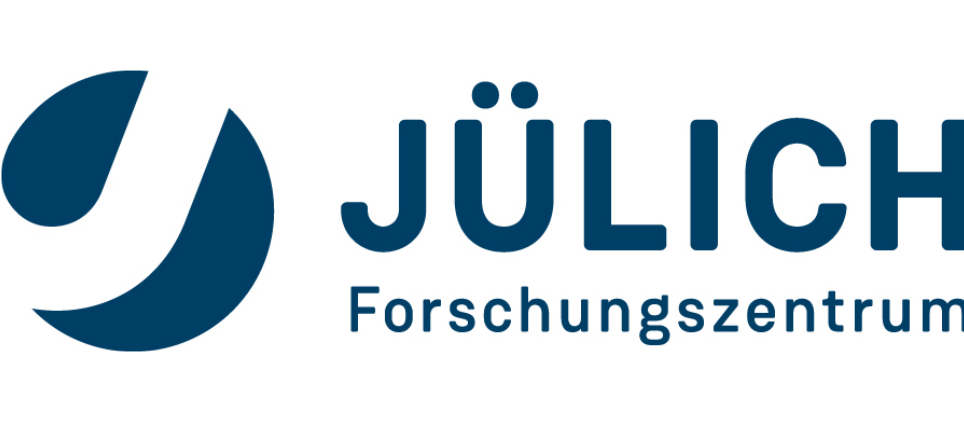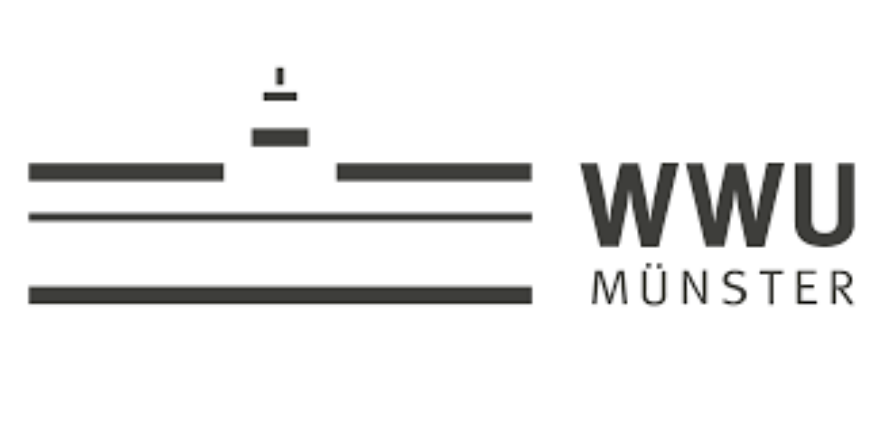Dynamics of charge transfer excitons at PFP/PEN interfaces – Publication by B2 (Chatterjee) and A2 (Witte)
Members from projects B2 and A2 explored the dynamics of charge-transfer excitons at the internal interface in heterostructures of the organic donor-acceptor molecules pentacene and perfluoropentacene.

Reprinted with permission from A. Rinn et al, 2017, 9, 48, 42020–42028. Copyright 2017 American Chemical Society.
Organic photovoltaics is a vivid research field as it promises the fabrication of large scale and thin film devices on flexible supports. One of the key challenges is the separation of optically excited bound electron-hole pairs, so-called excitons. Of particular relevance are charge-transfer (CT) excitons at donor-acceptor interfaces with the electron in the acceptor and the hole in the donor molecule as they are prime candidates as intermediaries for charge separation. Studying these CT excitons in state-of-the-art devices is challenging as these consist of blends of molecular donors and acceptors in order to provide maximum internal interface area. The resulting, complex interface geometry structure hampers microscopic characterization of such CT-excitons and, in particular, denies a well-defined correlation of the electronic properties with the molecular packing at the interface. Hence, detailed studies on the underlying physical mechanism of charge-separation in organic photovoltaics rely on highly-ordered model heterojunctions.
In the present study, the researchers combine their expertise in the fabrication of such highly ordered crystalline molecular heterostructures with precise, time-resolved optical microspectroscopy to study the energetics and dynamics of CT-excitons at donor-acceptor interfaces for selected pentacene / perfluoropentacene heterostructures. Based on previous work, various molecular heterostructures with different molecular orientation are realized and further compared with the dynamics of blends, i.e., completely intermixed heterostructures, as well as the respective pure materials.
The spatial separation of electrons and holes in the CT-excitons leads to extended lifetimes compared to the pristine species. Intriguingly, the energetics reveal that the common description of such excitons based on a straight-forward orbital picture as a mere linear combination of the involved individual constituents is insufficient and a more intricate description of CT-excitons is needed. The present study provides the first experimental data systematically investigating such excitations in highly-ordered crystalline molecular heterostructures, which will enable further theoretical calculations on the involved electronic effects.
Publication
Andre Rinn, Tobias Breuer, Julia Wiegand, Michael Beck, Jens Hübner, Robin C. Döring, Michael Oestreich, Wolfram Heimbrodt, Gregor Witte, Sangam Chatterjee, Interfacial Molecular Packing Determines Exciton Dynamics in Molecular Heterostructures: the Case of Pentacene – Perfluoropentacene,
ACS Applied Materials & Interfaces, (2017) DOI: 10.1021/acsami.7b11118
Contact
Prof. Dr. Sangam Chatterjee
Institute of Experimental Physics I, Justus-Liebig-University Giessen
SFB 1083 Project B2 (Chatterjee)
https://www.uni-giessen.de/ipi
Tel. +49 (0)641 99-33100
Email: Sangam.Chatterjee@physik.uni-giessen.de
Prof. Dr. Gregor Witte
AG Molekulare Festkörperphysik, Philipps-Universität Marburg
SFB 1083 Project A2 (Witte)
https://www.uni-marburg.de/sfb1083/projects/A2
Tel. +49 (0)6421 28-21384
Email: Gregor.Witte@physik.uni-marburg.de
